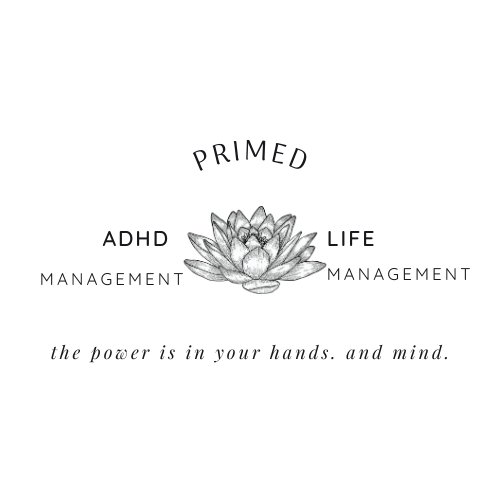ADHD Facts
→ADHD is a neurodevelopmental/ neurological disorder.
ADHD is a neurodevelopmental disorder that has been clinically observed for more than 200 years. There are significant published historical medical, and non-scientific reports of individuals with symptoms of inattention, distractibility and over-activity, prior to the 20th century, since the last quarter of the 18th century.
→ADHD is genetic.
- If you’re an adult with ADHD and you have children, there’s a likelihood that at least one of your children has it. Many parents are diagnosed after their children are.
- The heritability of ADHD is estimated at 77–88%.
- Children with ADHD are statistically more likely to also have an ADHD parent.
- The risk of developing ADHD is about nine times greater for first-degree relatives of people with the condition (such as siblings or children) as compared to the general public.
→Over 4% of adults have ADHD.
- It is estimated that 4.4% of American adults – and 5% of children – currently have ADHD. Experts suggest that ADHD is underreported in adults, so the number could be much higher. This indicates that many adults are likely unaware that they have the condition and remain untreated.
→ ADD vs. ADHD
In 1980 the American Psychiatric Association’s Diagnostic and Statistical Manual of Mental Disorders, DSM-II listed the condition as ADD, with or without hyperactivity.
In a revised third edition in 1987, the standard name was changed from ADD to ADHD.
The DSM-IV in 1994 refined the diagnosis. It listed three different types of ADHD: inattentive type, hyperactive/impulsive type, and combined type.
The current DSM-IV considers them to be presentations, rather than types, that can change during the course of a person’s life.
So, although you might come across the label ADD in addition to ADHD, there is only one diagnosis.
→ Childhood into adulthood
80% of children maintain their diagnosis into adolescence and at least 60% remain impaired by symptoms in adulthood.
